Unleashing the Power of Connectivity Introduction In an increasingly digitized world, businesses rely heavily on reliable and efficient communication networks. From voice calls and video conferences to data transfers and cloud storage, the demands placed on these networks continue to grow. Two popular options for businesses are fiber optic cable and twisted pair. In this article, we will compare the advantages and disadvantages of these two technologies to help you make an informed decision for your business. 1. Speed and Bandwidth When it comes to speed and bandwidth, fiber optic cable takes the lead. Using pulses of light to transmit data, fiber optic cables can achieve astonishing speeds of up to 100 Gbps or even more. This high-speed performance ensures faster data transfers and shorter latency, making it ideal for bandwidth-intensive applications such as video streaming, data centers, and cloud services. On the other hand, twisted pair cables use electrical signals to transmit data, resulting in lower speeds and limited bandwidth capabilities. While traditional twisted pair cables (Category 5e, 6) can handle speeds of up to 1 Gbps, advances in technology have enabled the development of higher-rated cables (Category 6a, 7) that can reach speeds of up to 10 Gbps. However, they still fall short when compared to fiber optic cable.
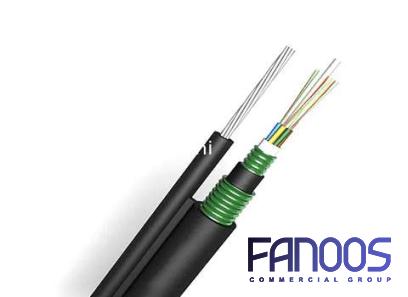
.
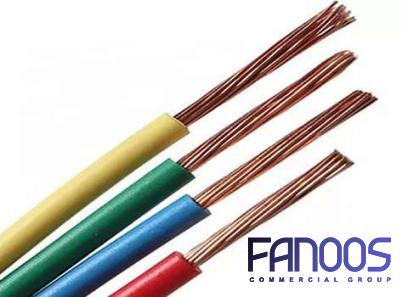 2. Distance Fiber optic cables are known for their superior performance over long distances. Light signals transmitted through the fiber cable can travel without significant loss or degradation for more than 100 kilometers. This makes fiber optic cable the go-to choice for businesses requiring long-haul data transmission or connecting geographically dispersed locations. On the other hand, twisted pair cables are more susceptible to signal degradation over longer distances. They are typically recommended for shorter distances of up to 100 meters within a building or office environment. 3. Reliability and Security Fiber optic cables offer enhanced reliability as they are not affected by electromagnetic interference (EMI) or radio-frequency interference (RFI).
2. Distance Fiber optic cables are known for their superior performance over long distances. Light signals transmitted through the fiber cable can travel without significant loss or degradation for more than 100 kilometers. This makes fiber optic cable the go-to choice for businesses requiring long-haul data transmission or connecting geographically dispersed locations. On the other hand, twisted pair cables are more susceptible to signal degradation over longer distances. They are typically recommended for shorter distances of up to 100 meters within a building or office environment. 3. Reliability and Security Fiber optic cables offer enhanced reliability as they are not affected by electromagnetic interference (EMI) or radio-frequency interference (RFI).
..
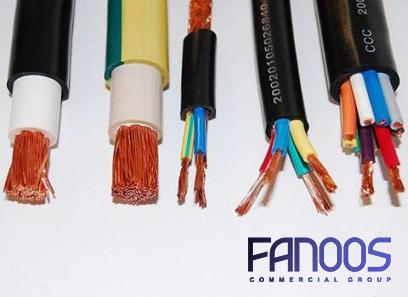 This makes them particularly suitable in environments with high levels of electromagnetic activity, such as industrial settings or areas near power sources. In terms of security, fiber optic cables are more secure than twisted pair cables. It is extremely difficult to tap or intercept the data transmitted through fiber cables, as they do not emit electromagnetic radiation that can be intercepted, unlike twisted pair cables. 4. Installation and Maintenance Installing fiber optic cables requires specialized knowledge and expertise due to their delicate nature. They are more expensive to install initially, as they require the expertise of technicians for fusion splicing and cable termination. However, once installed, fiber optic cables require minimal maintenance and have a longer lifespan. On the other hand, twisted pair cables are relatively easier and cheaper to install.
This makes them particularly suitable in environments with high levels of electromagnetic activity, such as industrial settings or areas near power sources. In terms of security, fiber optic cables are more secure than twisted pair cables. It is extremely difficult to tap or intercept the data transmitted through fiber cables, as they do not emit electromagnetic radiation that can be intercepted, unlike twisted pair cables. 4. Installation and Maintenance Installing fiber optic cables requires specialized knowledge and expertise due to their delicate nature. They are more expensive to install initially, as they require the expertise of technicians for fusion splicing and cable termination. However, once installed, fiber optic cables require minimal maintenance and have a longer lifespan. On the other hand, twisted pair cables are relatively easier and cheaper to install.
…
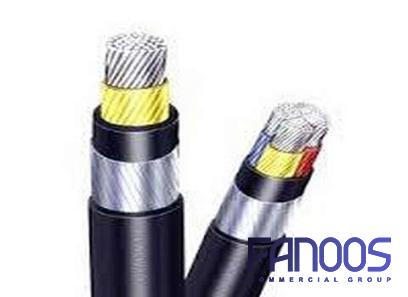 They can be terminated using standard connectors and do not require specialized training. However, twisted pair cables are more prone to physical damage and require regular testing and maintenance to ensure optimal performance. Conclusion While both fiber optic cable and twisted pair have their merits, fiber optic cable clearly outperforms twisted pair in terms of speed, bandwidth, distance, reliability, and security. However, the decision ultimately depends on the specific needs and budget of your business. If you require high-speed, long-distance connections and enhanced security, fiber optic cable is the ideal choice. Conversely, twisted pair cables may suffice for shorter distances within an office environment with less demanding requirements. Ultimately, making an informed decision after considering your business’s needs and budget will ensure a robust and future-proof communication network.
They can be terminated using standard connectors and do not require specialized training. However, twisted pair cables are more prone to physical damage and require regular testing and maintenance to ensure optimal performance. Conclusion While both fiber optic cable and twisted pair have their merits, fiber optic cable clearly outperforms twisted pair in terms of speed, bandwidth, distance, reliability, and security. However, the decision ultimately depends on the specific needs and budget of your business. If you require high-speed, long-distance connections and enhanced security, fiber optic cable is the ideal choice. Conversely, twisted pair cables may suffice for shorter distances within an office environment with less demanding requirements. Ultimately, making an informed decision after considering your business’s needs and budget will ensure a robust and future-proof communication network.
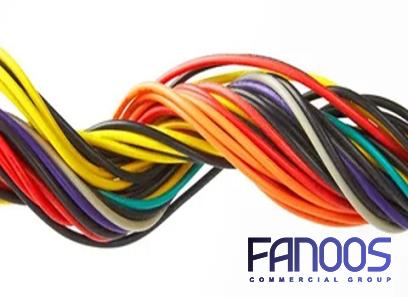
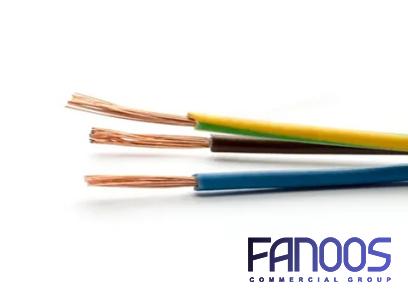
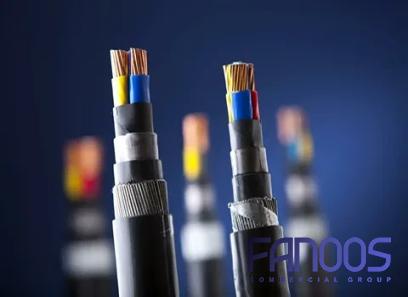
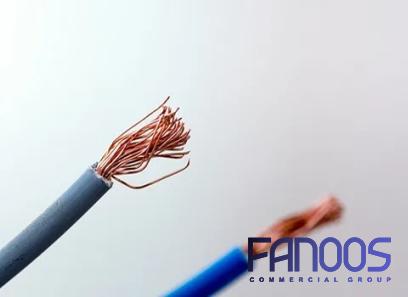
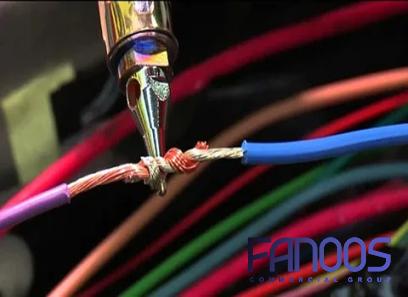
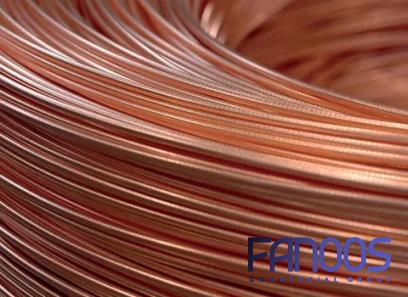
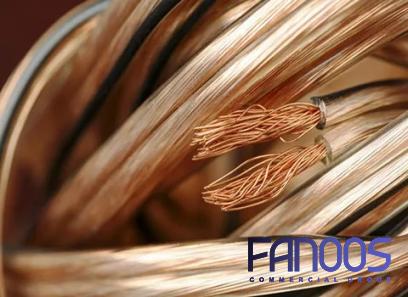
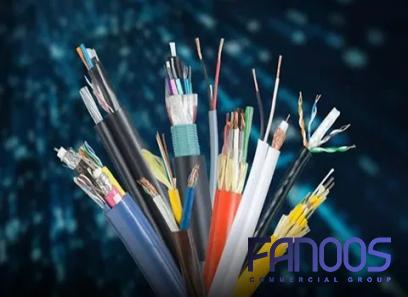
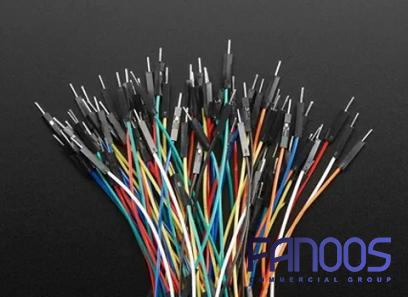
Your comment submitted.